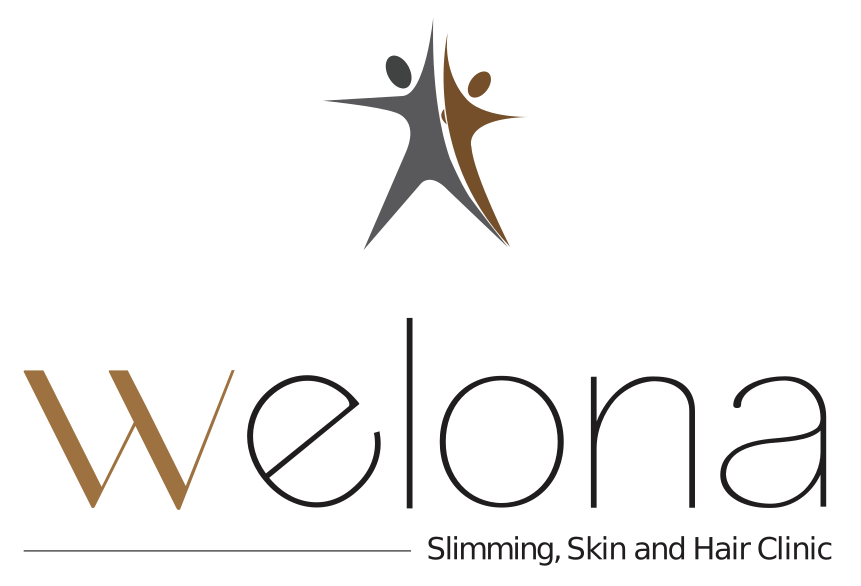By this time, we all know what PRP is all about.
The treatment. The details. The Pros and Cons.
But let’s address the elephant in the room,
“Do PRP injections hurt?”
Every single one of us who has considered PRP has thought about this at least a 100 times.
So let’s take that deeper today and understand the details and how well it works.

What Is PRP Therapy?
PRP therapy works like this: First, a bit of your blood is taken and spun around in a machine to make the platelets super strong.
Platelets are tiny cells in your blood that help you recover and heal. Then, this super strong blood is put back into the part of your body that needs fixing.
This helps speed up how quickly you heal.
For more detailed info, You can read here:
https://www.welona.in/hair-treatment/prp-hair-loss-treatment/#:~:text=PRP%20treatment%20is%20the%20most,hair%20loss%20treatment%20in%20Chennai.

Does PRP Therapy Hurt?
People often ask if PRP injections hurt.
Here’s what usually happens:
- During the Injection:
When you get a PRP injection, it feels a lot like getting a flu shot.
You might feel a quick, sharp pinch or sting when the needle goes in.
This feeling usually only lasts a few seconds.
How much it hurts depends on how sensitive you are to pain and where you’re getting the shot.
For some people, it doesn’t hurt much at all, while others might feel a bit more discomfort.
To help with the pain, your doctor might use a numbing cream or a cooling spray. They might also gently massage the area to spread the platelets, which can feel a bit uncomfortable too.
Overall, it’s not completely pain-free, but most people find it’s not too bad.

- After the Injection:
After the shot, you might notice some swelling, bruising, or soreness where you got the injection.
This is normal and happens because your body is reacting to the platelets.
The area might be sore for a few days, kind of like when you’ve worked out really hard or have a small injury. Using ice packs can help with swelling and pain.
You can also take pain relievers, but avoid anti-inflammatory ones because they can interfere with the healing process that PRP is trying to boost.
Most people feel better in a few days. During this time, it’s best to avoid heavy activities that could make the soreness worse.
However, most people can go back to their usual activities pretty soon after the injection, making PRP therapy a convenient treatment option.
Conclusion:
Physical therapy usually doesn’t hurt, but it takes more time and effort. So, if you’re worried about PRP therapy being painful, don’t worry too much. It’s not too bad, and any discomfort goes away quickly. PRP is a good option with fewer side effects.
For more info, come visit our clinic, Welona in Chennai.
We have a great team ready to help you feel better and make sure you’re comfortable.

